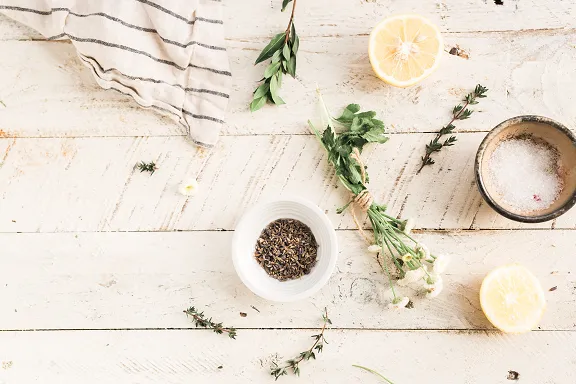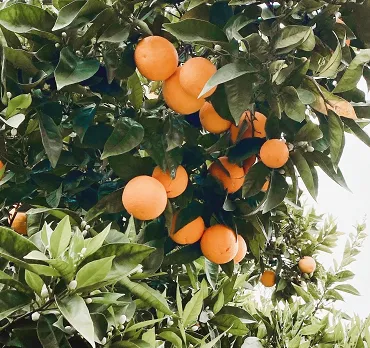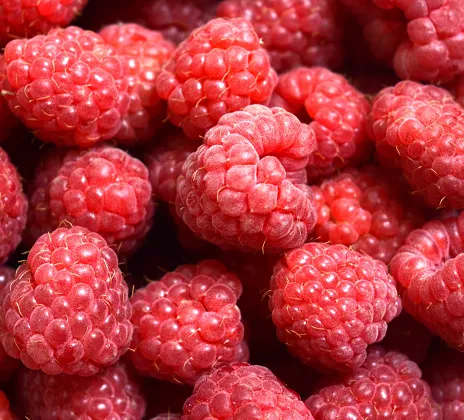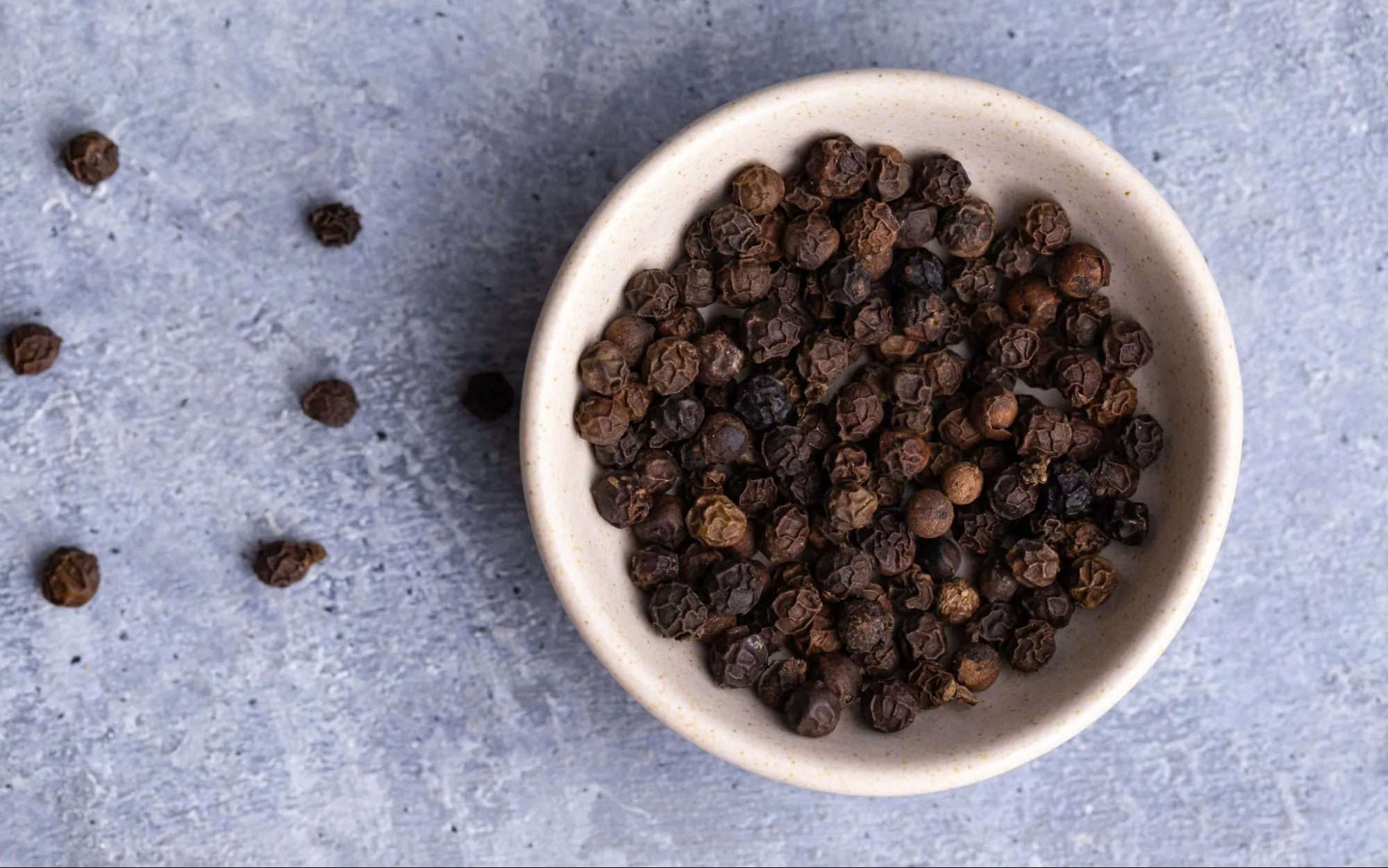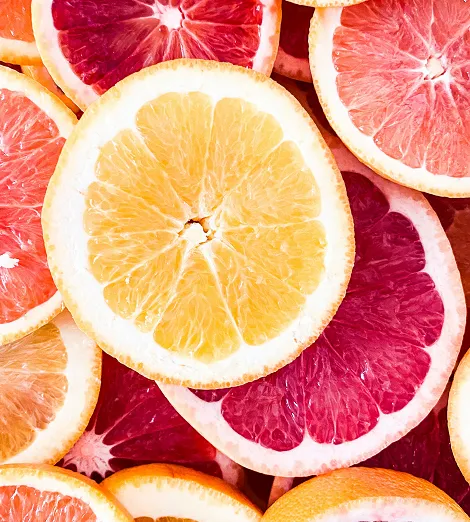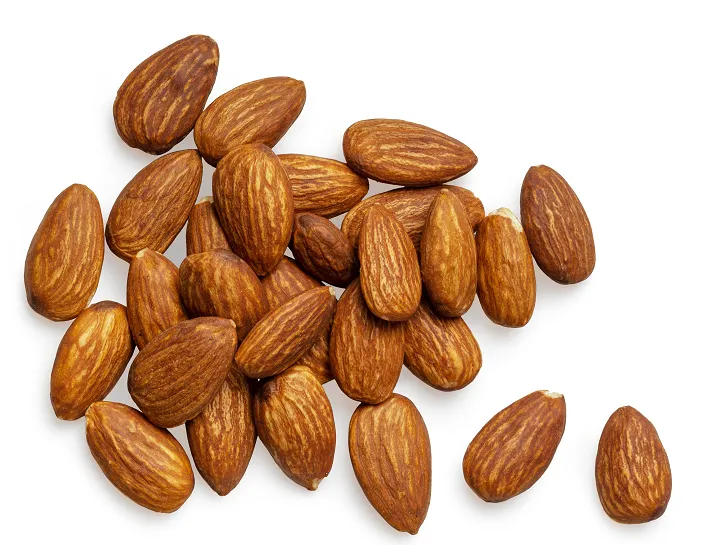- Wine Color/Type
- Top Occasions
- Unique Wines
- Surprise Me!
Impact Compounds: The Enchanting World of Wine Aromas
Exploring the Flavor Compounds that Help Create a Sensory Symphony in every Wine Glass
A Symphony of the Senses
There's more to wine than meets the eye – one could say it's an enchanting symphony of the senses. The instant you swirl that glass and take a whiff, you're plunged into a world of varied aromas that dance and mingle, creating a sensory experience like no other. But what exactly are these wine aromas? They're the natural aromas of the grapes, enhanced by the fermentation process, and they're key to appreciating the depth and complexity of a wine. Today, let’s embark on a fascinating journey through the diverse world of wine compounds, exploring the enchanting notes of terpenes, esters, rotundone, thiols, and aldehydes, each lending its own unique character to the wines we adore.
Some aroma compounds are specific to certain grape varieties. (Photo by coco tafoya on Unsplash)
Terpenes
Picture yourself in a sun-drenched vineyard, surrounded by the sweet scent of blooming flowers and ripe fruits. This is the essence of terpenes. These aromatic compounds, commonly found in white wines, contribute to floral, citrusy, and herbal notes. Think of the zesty aroma of fresh grapes, the delicate fragrance of orange blossoms, or the subtle hint of chamomile. Varieties such as Gewürztraminer, Muscat, and Albarino are celebrated for their abundant terpene profiles, enchanting the senses with their aromatic charm.
The orange-like scent of grape varieties like Muscat and Albarino is due to terpenes. (Photo by coco tafoya on Unsplash)
Esters
Esters are the artists behind the fruity aromas that dance in your glass. They create a delightful bouquet reminiscent of apples, pears, and berries. Close your eyes and imagine the scent of a ripe peach or the lusciousness of a juicy strawberry—that’s the magic of esters at play. Varietals like Chardonnay, Pinot Noir, and Pinot Grigio owe their enchanting fruitiness to these compounds, making them a favorite among wine lovers seeking vibrant, fruit-forward experiences.
Red berry flavors like raspberry are just one of the many flavors in wine caused by esters. (Photo by Mockup Graphics on Unsplash)
Rotundone
Rotundone is the compound responsible for the distinctive black pepper aroma found in certain wines. Imagine a swirl of freshly ground pepper, teasing your senses with its spicy allure—that’s the essence of rotundone. This compound, although found in minute quantities, can significantly impact a wine's aroma profile. Varietals like Syrah and Grüner Veltliner are renowned for their peppery notes, adding a tantalizing dimension to their complex flavor profiles.
Rotundone is responsible for the black and white pepper flavors in Syrah and Gruner Veltliner. (Photo by Anas Alhajj on Unsplash)
Thiols
Thiols, the aromatic powerhouses of wines like Sauvignon Blanc and Gruner Veltliner, offer an array of captivating aromas. Picture the tangy scent of grapefruit, the tropical allure of passion fruit, or the subtle hint of boxwood—that’s the magic of thiols. These compounds elevate the aromatic profile of wines, adding layers of complexity that intrigue the senses and leave a lasting impression.
Thiols are behind the grapefruit flavors found in Sauvignon Blanc and Albarino (Photo by Anas Alhajj on Unsplash)
Aldehydes
Aldehydes are the compounds that bring forth the delightful toasty and nutty aromas in aged wines. Imagine the comforting scent of toasted almonds or the warm embrace of caramel—that’s the enchantment of aldehydes. When present in controlled amounts, they impart a sense of depth and sophistication, making aged Chardonnays and Sherries particularly alluring to those seeking wines with a touch of time and wisdom.
Aldehydes are responsible for the nutty flavors in sherries. (Photo by Mockup Graphics on Unsplash)
What Is In Your Glass?
In the world of wine, these compounds are the alchemists, transforming grapes into liquid poetry. Each sip is a harmonious blend of these elements, painting a canvas of flavors and aromas that tell the story of the vineyard, the climate, and the hands that crafted it. So, the next time you savor a glass of your favorite wine, take a moment to appreciate the intricate tapestry of compounds that makes each drop a masterpiece, and let your senses be transported to the vineyards from which it came. Cheers to the artistry of wine and the captivating compounds that make every sip a memorable experience!
Latest articles

